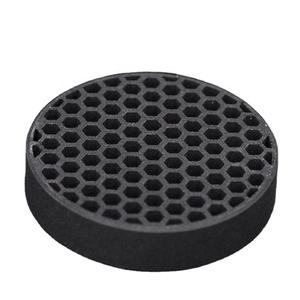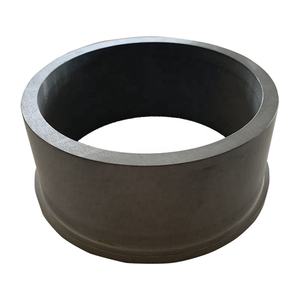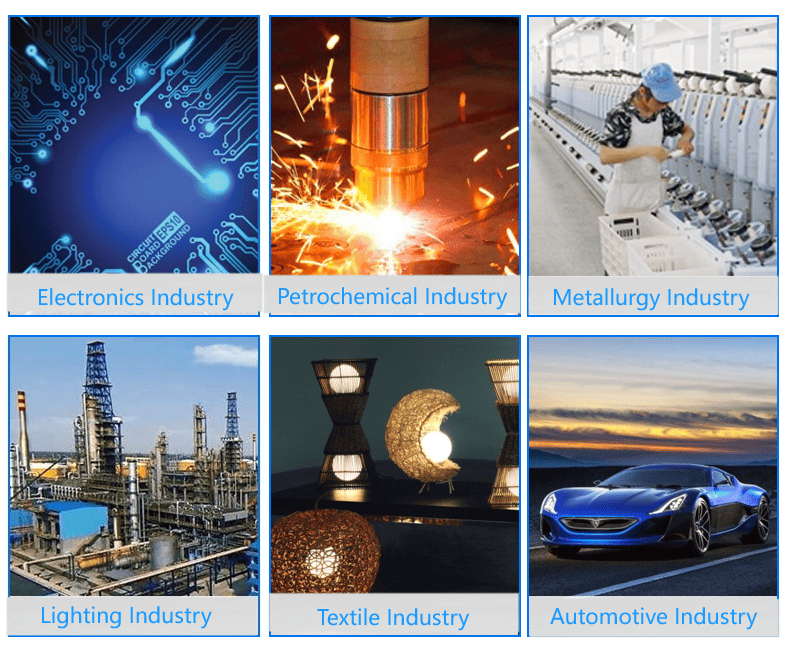Discover Premium Ceramic Products | Durability & Elegance United | Advanced Ceramics
PRODUCT PARAMETERS
Description
Overview of Silicon Carbide Ceramics
Silicon Carbide (SiC) ceramics are renowned for their outstanding mechanical properties, including high hardness, strength at elevated temperatures, and excellent thermal shock resistance. These materials are pivotal in cutting-edge industrial applications, from abrasives to aerospace components, due to their unique combination of properties.
Features of Silicon Carbide Ceramics
High Hardness: Exceptional wear resistance.
Thermal Shock Resistance: Can withstand rapid temperature changes.
Chemical Stability: Resistant to most chemicals.
High Thermal Conductivity: Efficient heat dissipation.
Low Density: Lightweight for its strength.
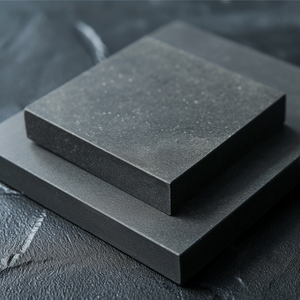
(Silicon carbide ceramic part sic tube)
Specification of Silicon carbide ceramic part sic tube
Silicon carbide ceramic components like the SiC tube supply high efficiency in challenging settings. This tube is made from costs silicon carbide. It incorporates strength with longevity. The material handles severe warmth well. It operates in temperature levels as much as 1600 ° C without losing shape. This makes it perfect for heating systems, kilns, or high-temperature commercial processes. The tube resists thermal shock. Sudden temperature level changes will not crack it.
The mechanical homes are solid. Silicon carbide has a hardness close to diamonds. It resists wear and abrasion. This extends television’s life expectancy in rough conditions. The product likewise resists chemical corrosion. Acids, antacid, and molten salts won’t harm it. This fits it for chemical processing or waste treatment systems.
The tube has superb thermal conductivity. Warmth spreads uniformly throughout its surface. This protects against locations. It enhances efficiency in heating applications. The electric conductivity is higher than a lot of porcelains. It operates in circumstances needing fixed dissipation or electrical grounding.
Sizes differ to fit various demands. Usual sizes vary from 10mm to 300mm. Lengths can reach up to 2000mm. Wall thickness adjusts based upon pressure needs. Personalized shapes or dimensions are possible.
The SiC tube outmatches steels or other porcelains in harsh settings. Metals often melt or wear away. Various other porcelains lack thermal conductivity or crack easily. Silicon carbide stays steady. It reduces downtime and upkeep prices.
Applications include metallurgy, semiconductor production, and power systems. It’s made use of in heat exchangers, burner nozzles, and safety sleeves. The material guarantees dependability under stress and anxiety. Its reduced weight simplifies installment.
Surface area coatings are smooth to lessen rubbing. This helps in liquid circulation or gas handling systems. Tolerances are limited for exact design needs. Each tube undertakes high quality checks. Tests consist of density dimension and leakage detection.
Silicon carbide ceramic components like the SiC tube provide effectiveness and long life. They take care of warm, wear, and chemicals much better than options. This makes them a functional choice for industrial upgrades.
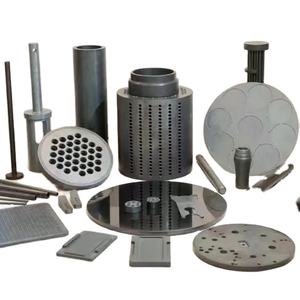
(Silicon carbide ceramic part sic tube)
Applications of Silicon carbide ceramic part sic tube
Silicon carbide ceramic parts like SiC tubes are utilized in many markets due to the fact that they handle extreme problems well. These tubes are known for being hard, immune to use, and steady at high temperatures. They operate in environments where metals or polymers fall short.
In metallurgy, SiC tubes prevail in heaters. They relocate liquified steel or gases without warping. The material does not react with many chemicals. This maintains the procedure clean. Heating system parts last much longer with SiC tubes, reducing downtime and costs.
Semiconductor manufacturing usages SiC tubes for wafer processing. High-purity settings require products that won’t contaminate products. Silicon carbide withstands deterioration from acids and plasma. This makes it excellent for engraving or deposition actions. Televisions likewise shield well, securing delicate tools.
Chemical plants count on SiC tubes for taking care of harsh liquids. Acids, alkalis, and solvents pass through without damaging the tubes. Conventional products like steel rust quickly. SiC components minimize leakages and maintenance. They work in pumps, shutoffs, and warm exchangers.
Energy systems make use of these tubes in severe setups. Photovoltaic panel and nuclear reactors need materials that take care of warmth and radiation. SiC tubes transfer warmth effectively. They survive long-term direct exposure without breaking. Gas turbines with SiC parts run hotter, increasing power outcome.
Aerospace and automotive sectors make use of SiC tubes in high-stress elements. Exhaust systems and brake components face intense heat and friction. The material’s reduced weight and toughness boost efficiency. Electric cars benefit from much better battery cooling using SiC thermal monitoring.
These tubes likewise work in ecological technology. Filters made from SiC catch contaminants in industrial discharges. The material endures rough fragments in exhaust streams. Water therapy systems use them to take care of hostile chemicals securely.
Custom-made sizes and shapes are feasible with sophisticated molding strategies. This adaptability lets engineers layout remedies for particular demands. The price is higher than common products, yet the resilience offsets this with time. Less substitutes indicate less waste and lower life time expenses.
Company Introduction
Advanced Ceramics founded on October 17, 2014, is a high-tech enterprise committed to the research and development, production, processing, sales and technical services of ceramic relative materials and products.. Since its establishment in 2014, the company has been committed to providing customers with the best products and services, and has become a leader in the industry through continuous technological innovation and strict quality management.
Our products includes but not limited to Silicon carbide ceramic products, Boron Carbide Ceramic Products, Boron Nitride Ceramic Products, Silicon Carbide Ceramic Products, Silicon Nitride Ceramic Products, Zirconium Dioxide Ceramic Products, Quartz Products, etc. Please feel free to contact us.(nanotrun@yahoo.com)
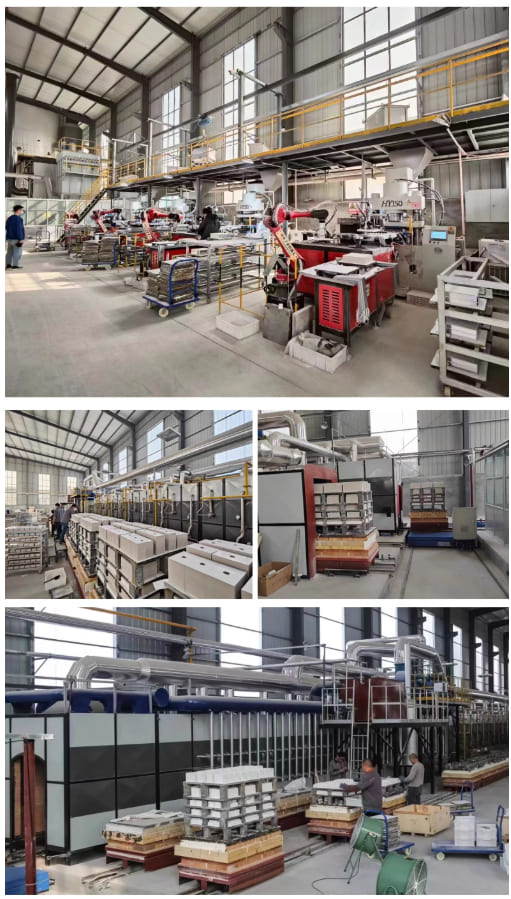
Payment Methods
T/T, Western Union, Paypal, Credit Card etc.
Shipment Methods
By air, by sea, by express, as customers request.
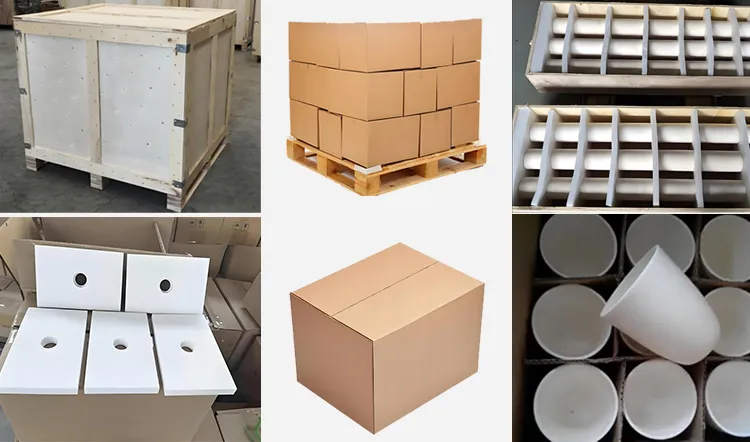
5 FAQs of Silicon carbide ceramic part sic tube
What is Silicon Carbide (SiC)? Silicon Carbide is a ceramic material made from silicon and carbon. It is extremely hard and durable. It resists high temperatures, corrosion, and wear. These properties make it ideal for industrial parts like tubes. SiC tubes handle harsh conditions better than metals or plastics.
Why choose SiC tubes over metal tubes? SiC tubes last longer in extreme environments. Metals corrode or melt under high heat. SiC stays stable up to 1650°C. It also resists chemical attacks from acids or alkalis. SiC requires less maintenance. This reduces downtime and replacement costs.
What temperatures can SiC tubes handle? SiC tubes work in temperatures from -50°C to 1650°C. They handle rapid temperature changes without cracking. This thermal shock resistance is rare in ceramics. It makes SiC tubes suitable for furnaces or reactors.
Do SiC tubes resist chemicals? Yes. SiC tubes resist most acids, alkalis, and solvents. Hydrochloric acid, sulfuric acid, and sodium hydroxide cause little damage. This makes them useful in chemical processing or wastewater treatment.
How are SiC tubes installed and maintained? Handle SiC tubes carefully to avoid impact damage. Use compatible gaskets and fittings during installation. Check for cracks or wear regularly. Clean with non-abrasive tools. Proper installation and care extend service life.
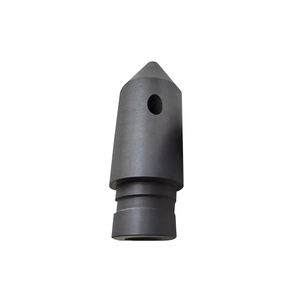
(Silicon carbide ceramic part sic tube)
REQUEST A QUOTE
RELATED PRODUCTS
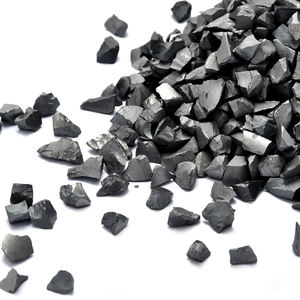
High Temperature Refractory SiSiC SiC Silicon Carbide Ceramic Kiln Roller Cylindrical Pipe Frame Beam Tube Heater Round Rod
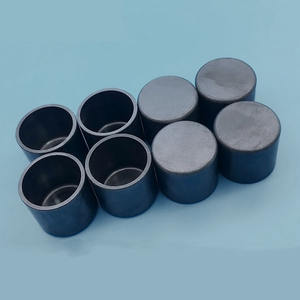
Custom High Performance Silicon Carbide Ceramic Rods High Refractory SIC Ceramic Material Includes Welding Punching Bending
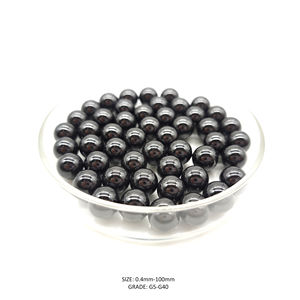
Light Weight Ceramic Silicon Carbide Hex Ceramic Plate
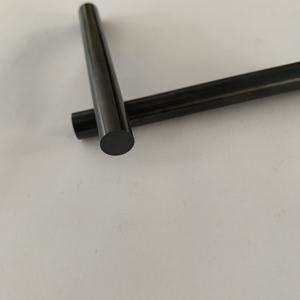
Zirconia Ceramic Silicon Carbide Cutter with 38.1*25*23mm Specification
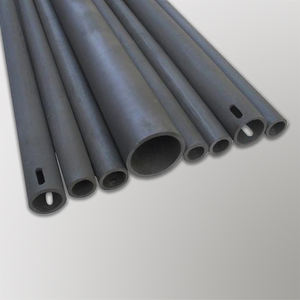
High Corrosion and High Quality 9mm Balls Silicon Carbide Sic Ceramic Balls with Reasonable
